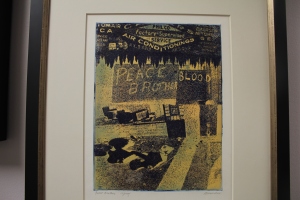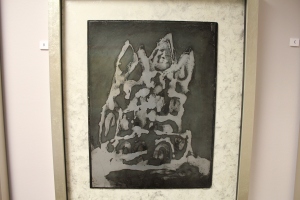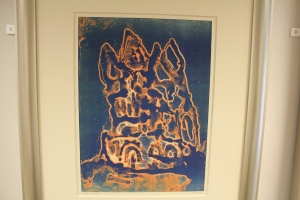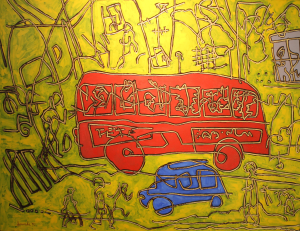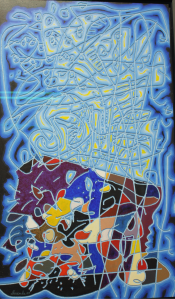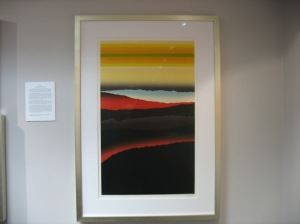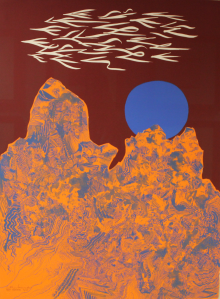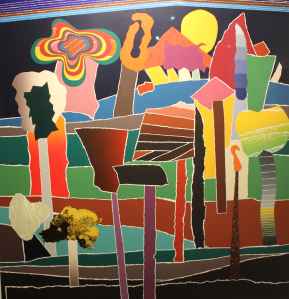Engraving refers to a printing technique in which an intaglio image is produced by cutting a metal plate or box directly with a sharp engraving tool. The incised lines are inked and printed with heavy pressure.
Etching is a printing technique in which a metal plate is first covered with an acid-resistant material, then worked with an etching needle to create an intaglio image. The exposed metal is eaten away in an acid bath, creating depressed lines that are later inked for printing. This technique was thought to have been developed by Daniel Hopfer (1493-1536). Etching surpassed engraving as the most popular graphic art during the active years of Rembrandt and Hercules Segher in the 17th century, and it remains one of the most versatile and subtle printing techniques today.
Woodcut can be described as a printing technique in which the printing surface has been carved from a block of wood. The traditional wood block is seasoned hardwood such as apple, beech, or sycamore. A modern trend, however, is to use more inexpensive wood and easily attainable soft woods such as pine. Woodcut is one of the oldest forms of printing first used by the Chinese in the 12th century and later in Europe towards the end of the 14th century.

